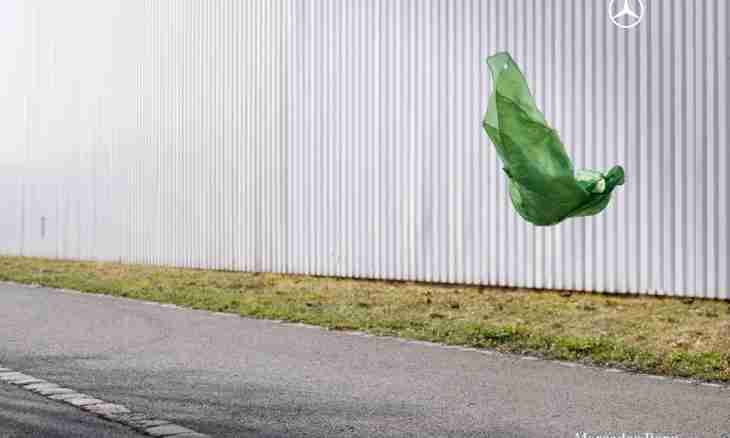Motion of bodies can be divided on a trajectory into rectilinear and curvilinear and also on speed – on uniform and uneven. Even without knowing the theory of physics it is possible to understand that the rectilinear movement is the movement of a body in a straight line, and curvilinear - on the trajectory which is a part of a circle. And here types of the movement are determined by speed more difficult. If the movement uniform, then the speed of a body does not change, and at non-uniform motion there is a physical quantity called acceleration.
Instruction
1. One of the most important characteristics of the movement - speed. Speed is a physical quantity which shows what way is passed by a body for a certain period. If the speed of a body does not change, then the body moves evenly. And if the speed of a body changes (on the module or vektorno), then this body moves with acceleration. The physical quantity showing on how many changes body speed for every second, is called acceleration. Acceleration as is designated ""and"". Acceleration unit in the international system of units is such acceleration at which for every second the speed of a body will change on 1 meter per second (1 m/s). This unit 1 m/с^2 designate (meter per second squared).
2. Acceleration characterizes speed of change of speed. If, for example, acceleration of a body is equal 10 м/с^2, then it means that for every second the speed of a body changes on 10 m/s, i.e. is 10 times faster, than at uskorenii1 м/с^2. To find acceleration of the body beginning the uniformly accelerated movement it is necessary to divide change of speed into a period for which this change happened. If to designate the initial speed of a body of v0, and final – v, a period - ∆t, then the formula of acceleration will take a form: a = (v-v0)/∆t = ∆v/∆t. Example. The car starts and in 7 seconds accelerates to speed of 98 m/page. It is necessary to find acceleration of the car. Decision. Given: v = 98 m/s, v0 = 0, ∆t =7s. Search: and-? Decision: a=(v-v0)/∆t = (98m/with – 0m/s)/7s = 14 м/с^2. Answer: 14 м/с^2.
3. Acceleration – vector size therefore has numerical value and the direction. If the direction of a vector of speed coincides with the direction of a vector acceleration, then this body moves uniformly accelerated. If vectors of speed and acceleration are opposing, then the body moves ravnozamedlenno (see the drawing).

